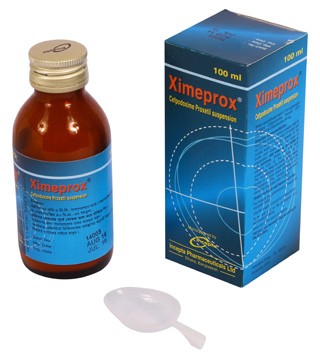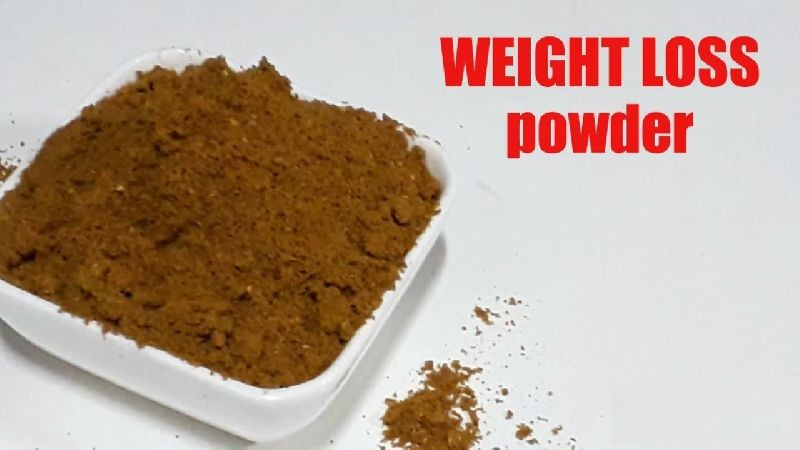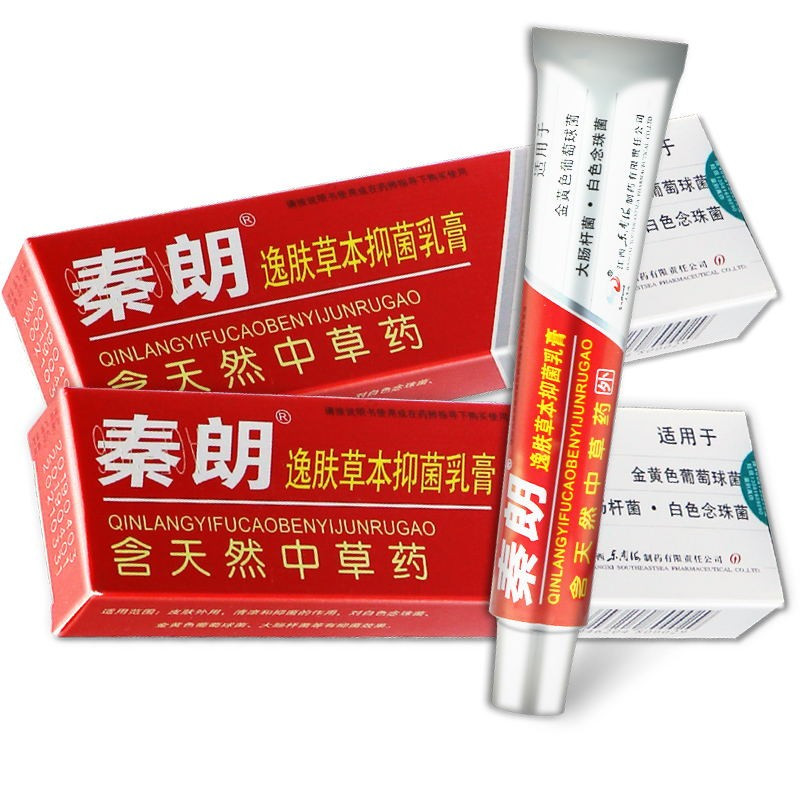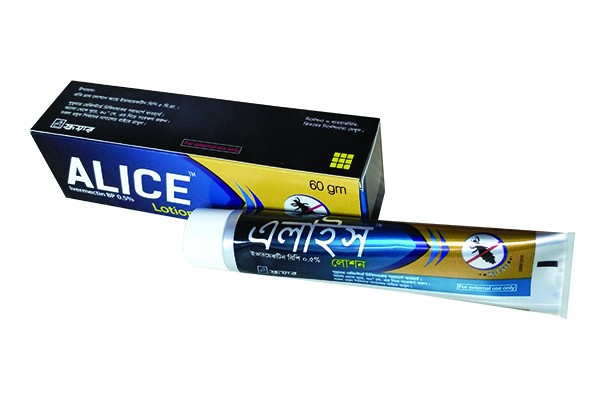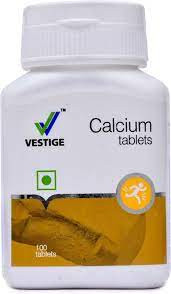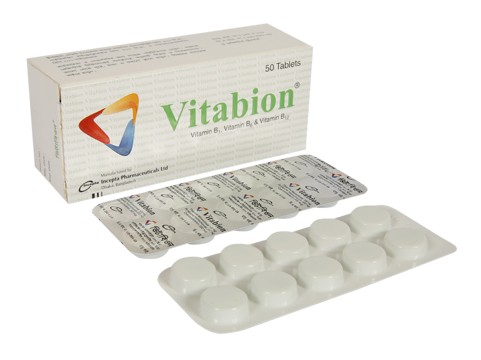Presentation
Ximeprox 100 mg tablet: Each tablet contains Cefpodoxime Proxetil USP equivalent to Cefpodoxime 100 mg.
Ximeprox 200 mg tablet: Each tablet contains Cefpodoxime Proxetil USP equivalent to Cefpodoxime 200 mg.
Ximeprox suspension: After reconstitution each 5 ml suspension contains Cefpodoxime Proxetil USP equivalent to Cefpodoxime 40 mg.
Ximeprox DS suspension: After reconstitution each 5 ml suspension contains Cefpodoxime Proxetil USP equivalent to Cefpodoxime 80 mg.
Ximeprox paediatric drops: After reconstitution each 5 ml suspension contains Cefpodoxime Proxetil USP equivalent to Cefpodoxime 100 mg.
Description
Cefpodoxime Proxetil is an orally administered extended spectrum, semi-synthetic 3rd generation antibiotic of cephalosporin class. Like other β-lactam antibiotics it is a bactericidal drug that acts by inhibition of bacterial cell wall synthesis.
Indications
Cefpodoxime is indicated for the treatment of patients infected with susceptible strains of micro-organisms which include a wide range of gram-positive & gram-negative bacteria. As it is highly stable in presence of b-lactamase enzyme, so it is more effective against gram-positive bacteria than other 3rd generation oral Cephalosporins.
The susceptible organisms include gram-positive bacteria eg. S. aureus (including penicillinase producing strains), S. saprophyticus, S. pneumoniae, S. pyogenes, S. agalactiae, P. magnus and gram-negative bacteria eg. E. coli, K. pneumoniae, H. influenzae (including b-lactamase producer & Ampicillin resistant strains), M. catarrhalis, N. gonorrhoeae (including penicillinase producing strains), P. mirabillis, C. diversus, H. parainfluenzae, K. oxytoca, P. vulgaris, P. rettgeri.
Ximeprox is indicated in the following diseases:-
(1) Lower respiratory tract infection: Acute community-acquired pneumonia, Acute bacterial exacerbation of chronic bronchitis; (2) Upper respiratory tract infection: Acute otitis media, Acute maxillary sinusitis, Pharyngitis, Tonsillitis; (3) Sexually transmitted diseases: Acute uncomplicated urethral & cervical gonorrhea, Acute ano-rectal infection in woman caused by N. gonorrhoeae; (4) Uncomplicated urinary tract infection: Cystitis, Pyuria; (5) Skin & soft tissue infections: Furuncle, Cellulitis, Subcutaneous abscess, infectious atheroma & periproctal abscess (6) Enteric fever.
Dosage & Administration
Ximeprox should be administered orally with food to enhance absorption. Ximeprox suspension may be given without regard to food.
Child :
15 days – 6 months : 4 mg/kg every 12 hours
6 months – 2 years : 40 mg every 12 hours
3 – 8 years : 80 mg every 12 hours
over 9 years : 100 mg every 12 hours
Patients with renal dysfunction: For patients with severe renal impairment (creatinine clearance <30 ml/min) the dosing intervals should be increased to 24 hourly.
Patients with liver cirrhosis: Cefpodoxime proxetil pharmacokinetics in cirrhotic patients are similar to those in healthy subjects. Dose adjustment is not necessary in this population.
Side Effects
Cefpodoxime has very few side effects. The side effects include diarrhea, nausea, skin & vaginal fungal infection, abdominal pain, headache, chest pain, myalgia, dyspepsia, dizziness, vertigo, cough etc. In children incidence of fungal skin rash is more than adults.
Precautions
In patients with transient or persistent reduction in urinary output due to renal insufficiency, the total daily dose of cefpodoxime proxetil should be reduced. Cefpodoxime, like other cephalosporins, should be administered with caution to patients receiving concurrent treatment with potent diuretics. As with other broad spectrum antibiotics, prolonged use of cefpodoxime proxetil may result in overgrowth of non-susceptible organisms. Repeated evaluation of the patient\\\\\\\\\\\\\\\\\\\\\\\\\\\\\\\’s condition is essential.
Use in Pregnancy & Lactation
Pregnancy Category B
Drug Interaction
Antacids: Concomitant administration of high doses of antacids (sodium bicarbonate and aluminum hydroxide) or H2 blockers reduces peak plasma level by 24% to 42% and the extent of absorption by 27% to 32% respectively.
Probenecid: Renal excretion of Cefpodoxime proxetil was inhibited by Probenecid and resulted in an approximately 31% increase in AUC.
Nephrotoxic drugs: Close monitoring of renal function is advised when Cefpodoxime proxetil is administered concomitantly with compounds of known Nephrotoxic potential.
Over Dose
Overdosage may cause toxic reaction. Toxic symptoms include nausea, vomiting, epigastric distress, diarrhea.
Commercial Pack
Ximeprox 100 mg tablet: Box containing 5 Alu-Alu blister strips of 4 tablets.
Ximeprox 200 mg tablet: Box containing 3 Alu-Alu blister strips of 4 tablets.
Ximeprox 50 ml suspension: Each bottle contains Cefpodoxime Proxetil powder to be reconstituted into 50 ml suspension.
Ximeprox DS 50 ml suspension: Each bottle contains Cefpodoxime Proxetil powder to be reconstituted into 50 ml DS suspension.
Ximeprox 100 ml suspension: Each bottle contains Cefpodoxime Proxetil powder to be reconstituted into 100 ml suspension.
Ximeprox paediatric drops: Each bottle contains Cefpodoxime Proxetil powder to be reconstituted into 15 ml paediatric drops.
Others
Direction for Reconstitution of suspension:
For 100 ml suspension : Add 50 ml (10 measuring spoonful) of boiled and cooled water to the dry mixture in the bottle. For ease of preparation add water to the bottle in two portions. Shake well after each addition until all the powder is in suspension.
For 50 ml suspension : Add 25 ml (5 measuring spoonful) of boiled and cooled water to the dry mixture in the bottle. For ease of preparation add water to the bottle in two portions. Shake well after each addition until all the powder is in suspension.
For 50 ml DS suspension : Add 25 ml (5 measuring spoonful) of boiled and cooled water to the dry mixture in the bottle. For ease of preparation add water to the bottle in two portions. Shake well after each addition until all the powder is in suspension.
Note: Shake the suspension well before each use. Keep the bottle tightly closed. The reconstituted suspension should be stored in a cool and dry place, preferably in refrigerator and unused portion should be discarded after 10 days.
